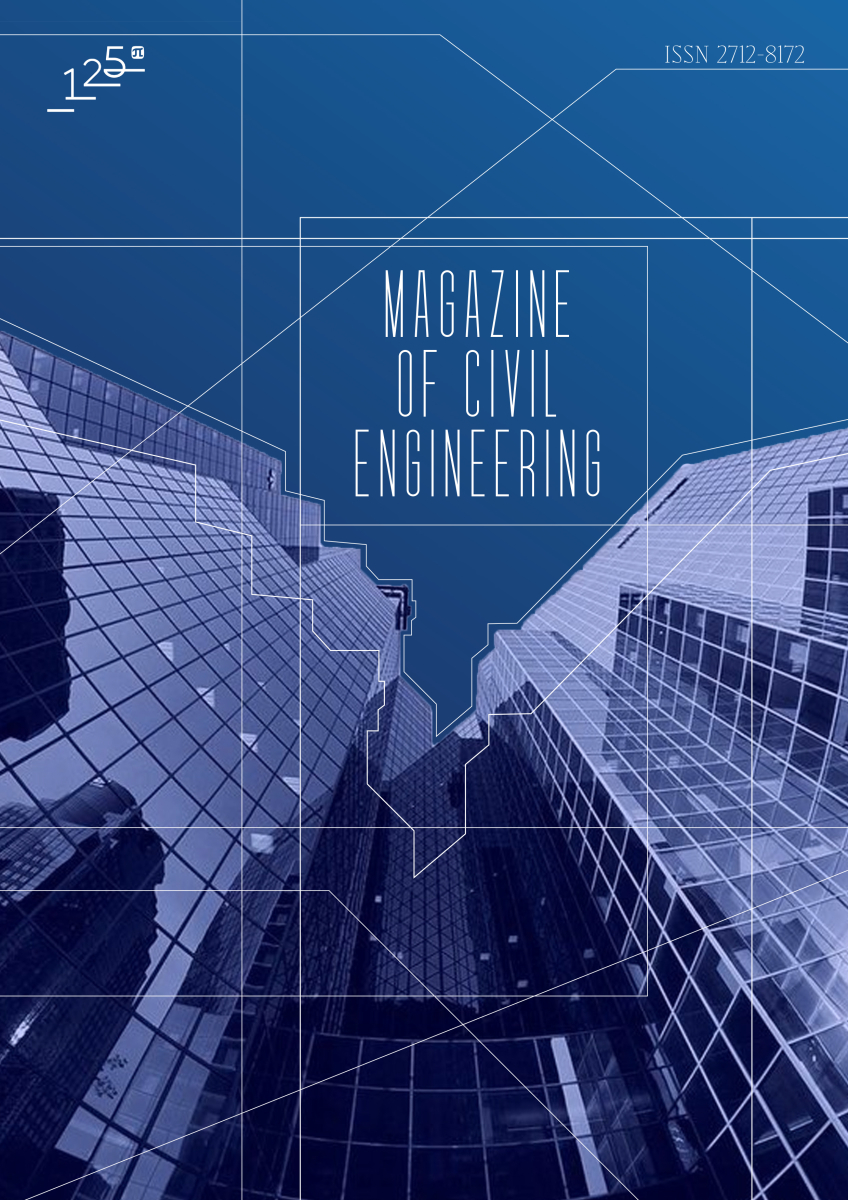Influence of electric current on the mineral matrix of technogenic anhydrite
The current conditions for the development of industrial and civil engineering in the regions with a negative average daily temperature require an increase in the economic efficiency of heating systems and reduction of the material consumption for its production and operation. One of the solutions to this problem is electrically conductive concrete. Cost reduction is achieved through the use of binders of anthropogenic origin. The electrically conductive concrete samples with dimensions of 70 × 70 × 70 mm and prototype product with dimensions of 500 × 500 × 50 mm were used for the assessment of the effect of the micro heating elements on the performance and physicochemical properties of mineral matrix. The electrically conductive concrete was based on waste of anthropogenic origin (fluorine-anhydrite) and fine aggregates. The additives in the form of 7 % technical soot suspension and 1 % of carbon fiber were used as micro heating elements. The physical and technical studies were carried out on the 28th day after 3 cycles of heating and cooling of the samples. The obtained results confirm that carbon fiber reduces the specific volume resistance up to 8.5 kOhm⋅cm. It allows the usage of proposed compositions for the manufacture of large-format heating elements. The experimental operation of large-format heating elements based on the developed compositions made it possible to determine its thermophysical characteristics. The heating of the elements surface from 21.9 to 28.5 °C for 40 minutes were obtained. Thus, the use of the developed prototype as heating elements is possibly provided that the pre-installed electrodes are protected from electrochemical corrosion. The electrochemical corrosion must be established through the use of methods of physicochemical analysis.


